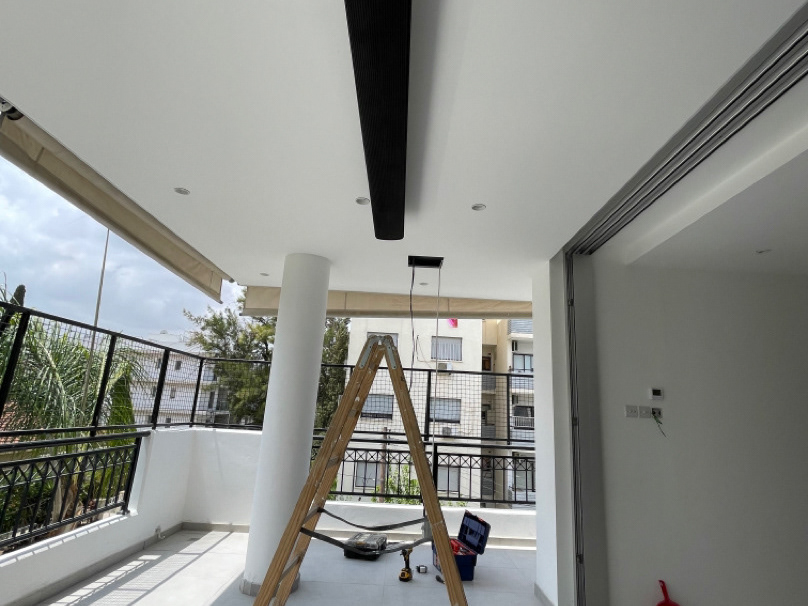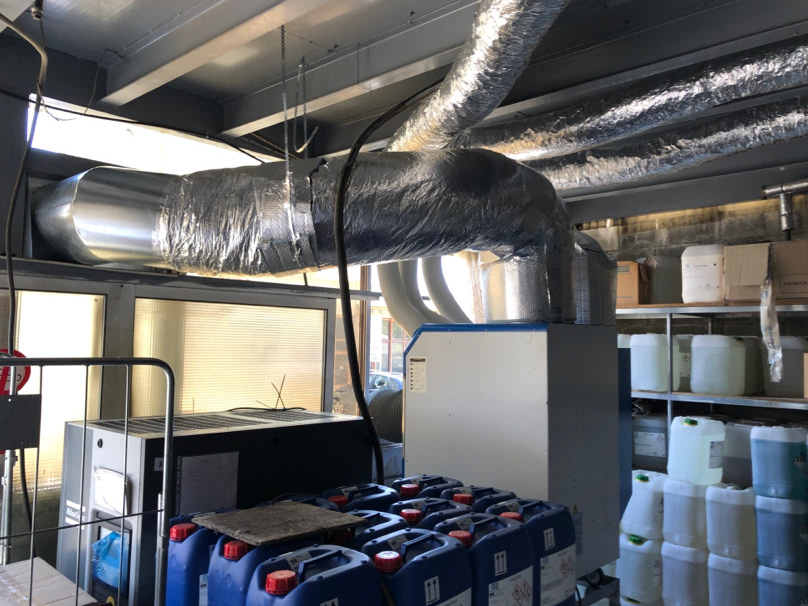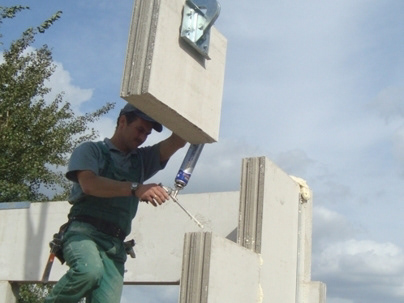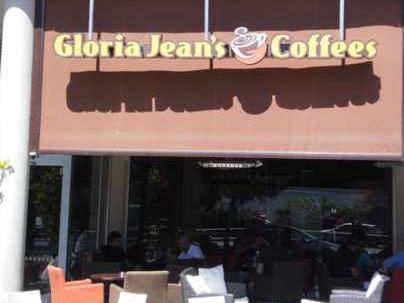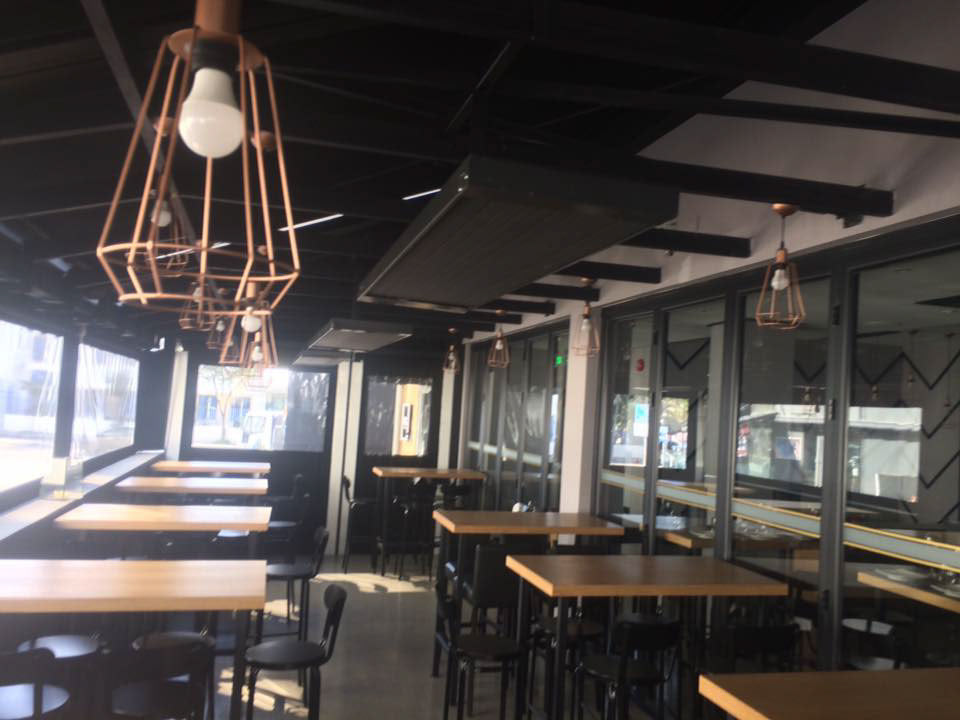There are two types of air-distribution systems. The traditional one is mixing cooling, where the main purpose is to efficiently mix supply air with room air.
The contaminants in the room are diluted by supply air and then extracted through the exhaust grille. Displacement cooling does not mix the impurities; rather, it displaces them into the upper, uninhabited zone from where it is extracted.
With a displacement cooling system, the supply air temperature is slightly lower than room air and supplied at low velocity directly into the occupied zone. The impurities and heat loads in the space are carried by convective flows created by heat sources into the upper part of the room. Air in the upper zone, having a higher temperature, does not recirculate back into the occupied zone. That’s why the temperature and concentration of impurities at the exhaust outlet is higher than in the occupied zone.
The main objective is to maintain the temperature and concentration in the occupied zone at design conditions, while allowing higher temperature and concentration levels to rise above the occupied zone, the displacement system works where it is needed — in the occupied zone — thus saving energy required to air condition the space.

